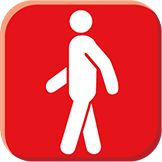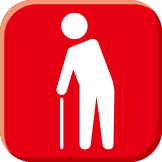Rehabilitation exercises
Introducing rehabilitation exercises for maintaining and recovering the physical capabilities necessary for going to the bathroom and excreting. Please incorporate these exercises into your daily lifestyle according to your physical condition.
Select physical condition
Before starting rehabilitation exercise

Please read the following cautions before starting rehabilitation exercise.
Guide for effective exercises
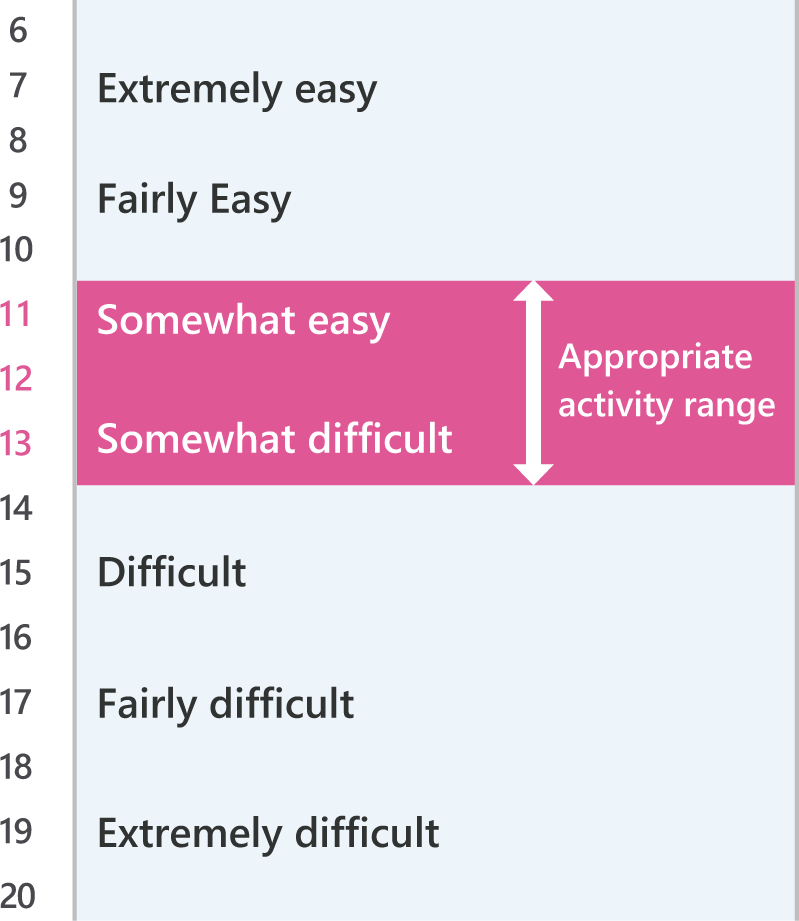
Cautions
If any of the following conditions exist, do not perform exercises or immediately stop exercising.
| Do not perform exercise |
Immediately stop exercising |
|
|---|---|---|
| Pulse | At rest: 120 beats or more per minute |
Over 140 beats/min. |
| Blood Pressure |
At rest: Top (systolic ) pressure of 200mmHg, bottom (diastolic ) pressure of 120mmHg |
When top (systolic ) pressure rises by 40mmHg or more and bottom (diastolic ) pressure rises by 20mmHg or more |
| Angina/myocardial infarction |
Effort angina Myocardial infarction within past month |
|
| Irregular pulse |
Conspicuous irregular pulse (other than atrial fibrillation) |
When an irregular pulse is observed ten or more times per minute |
| Pain | Pain which is different from normal. Pain in different areas. If pain is felt when an area is lightly touched. |
|
Other Symptoms |
Heart palpitations or shortness of breath when at rest |
When experiencing difficulty breathing, dizziness, nausea, or anginal pain |
Capable of going out independently/Capable of walking independently/Capable of walking with help

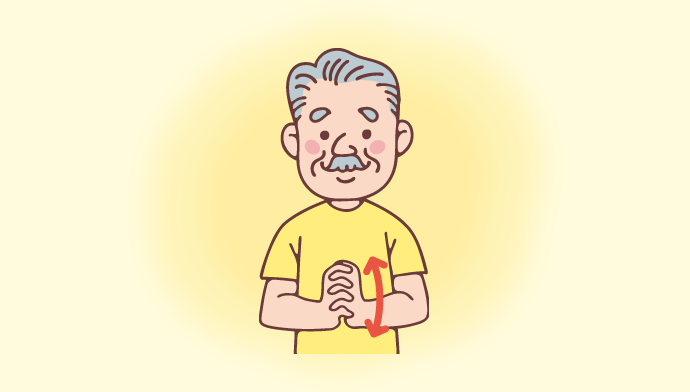
Exercise to strengthen muscles used when going to the bathroom.
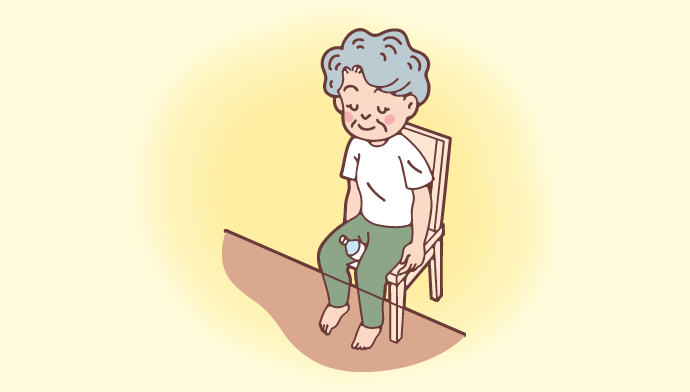
Exercise to strengthen pelvic floor muscle.
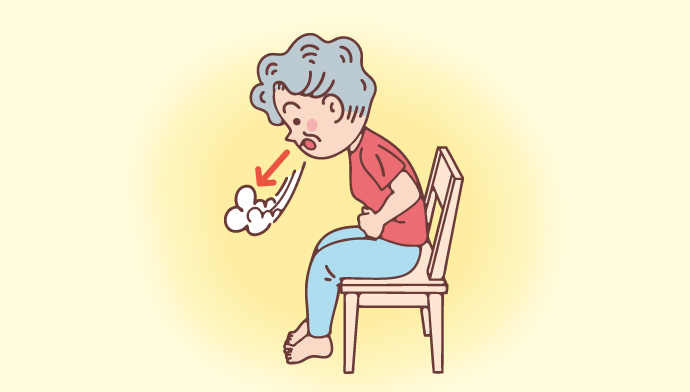
Exercise to help exert force to your lower abdomen.
Capable of standing
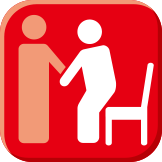
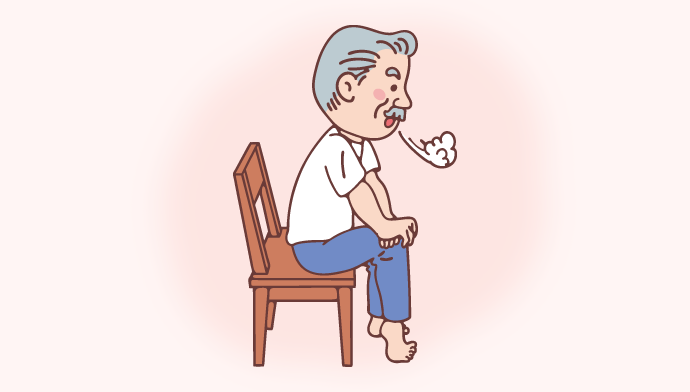
Exercise to strengthen muscles used when sitting on the toilet seat and standing up from it.
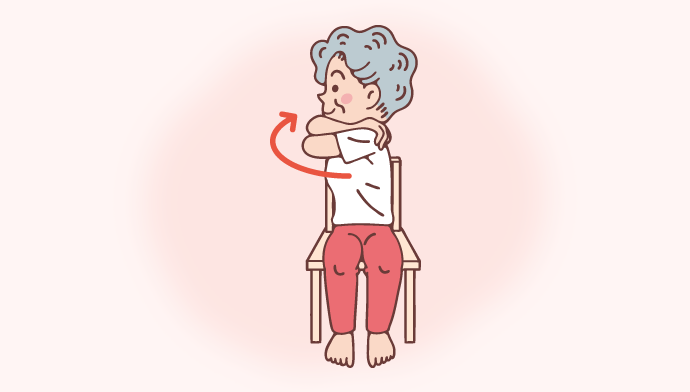
Exercise to strengthen muscles used while standing still.
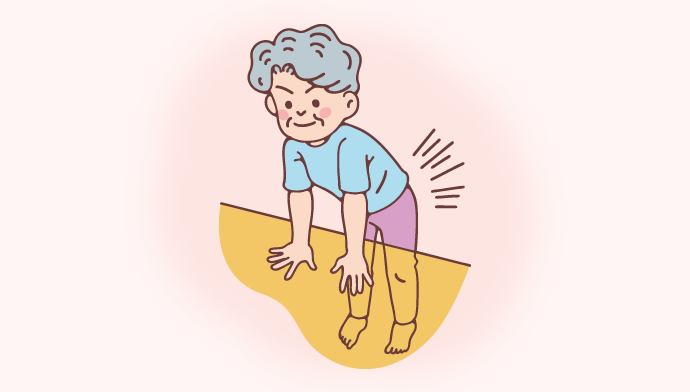
Exercise to strengthen pelvic floor muscle
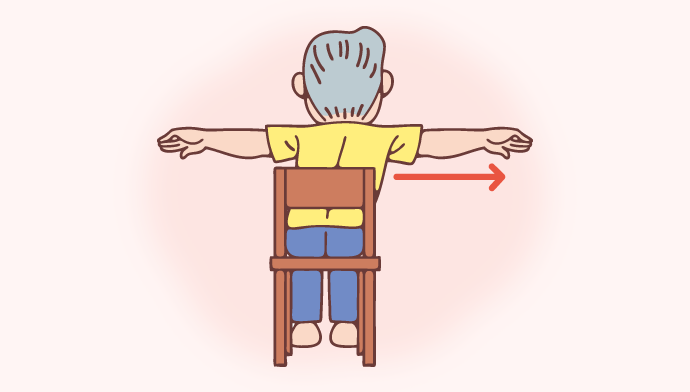
Exercise to help exert force to your lower abdomen.
Capable of sitting
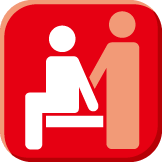
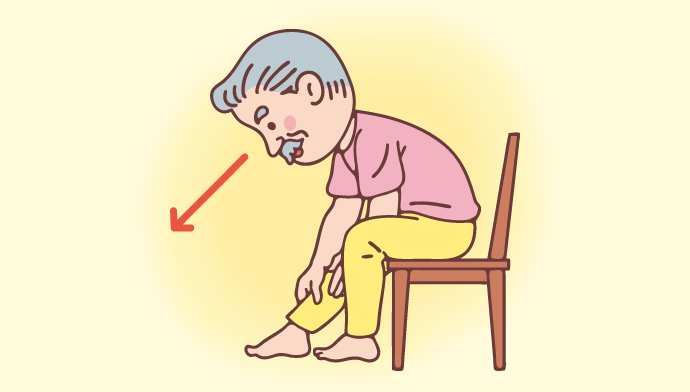
Exercise to help maintaining sitting posture on the wheelchair.
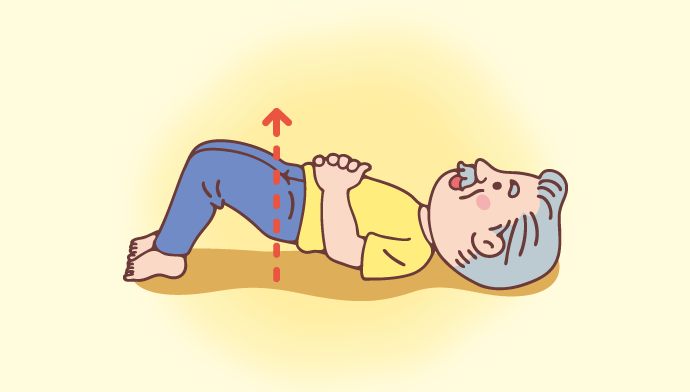
Exercise to strengthen muscles used when lifting your hips.
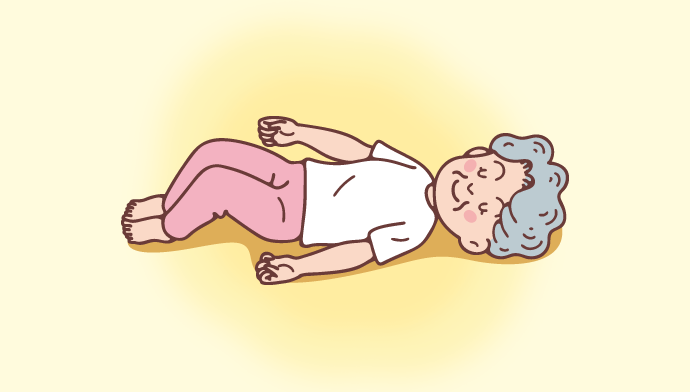
Exercise to strengthen muscles used when properly maintaining a body position.
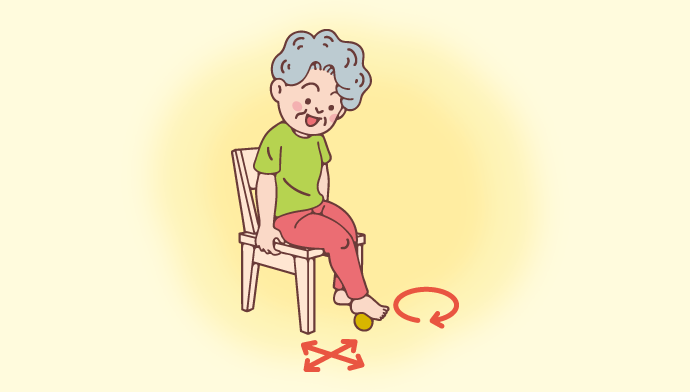
Exercise to strengthen pelvic floor muscle.
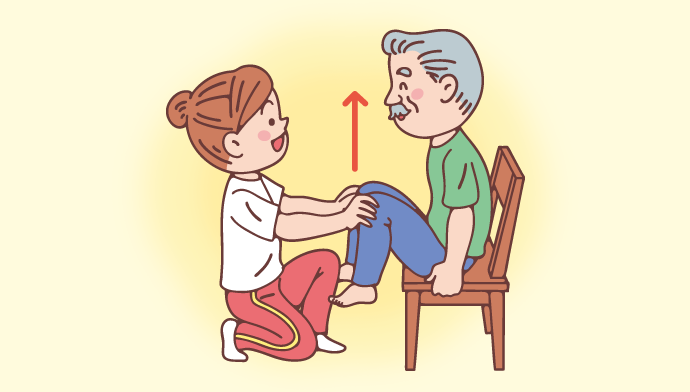
Exercise to help stabilizing your waist while exerting force to your abdomen.
Mostly laying down
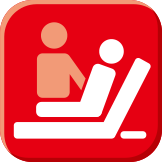
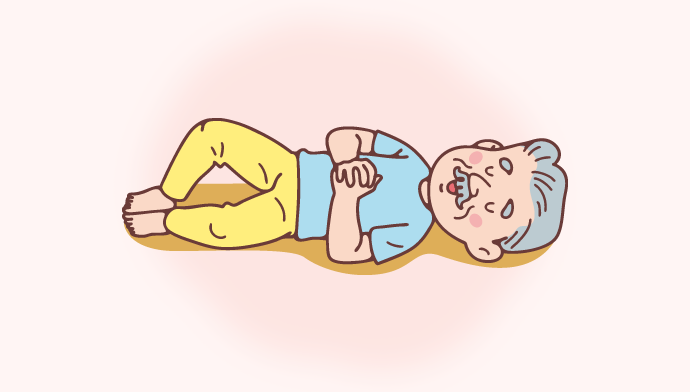
Exercise to ease stiff joints on your lower body.
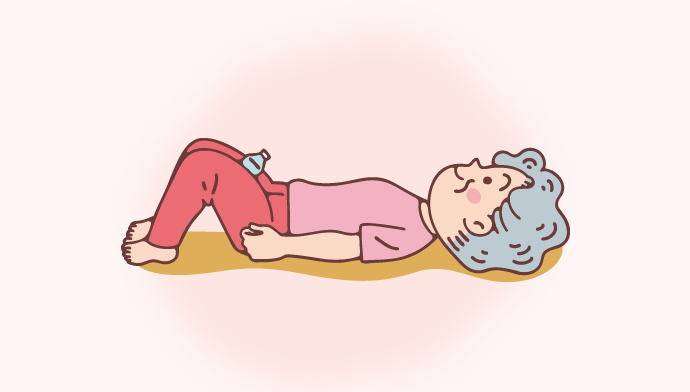
Exercise to strengthen muscles used when sitting on the toilet seat.
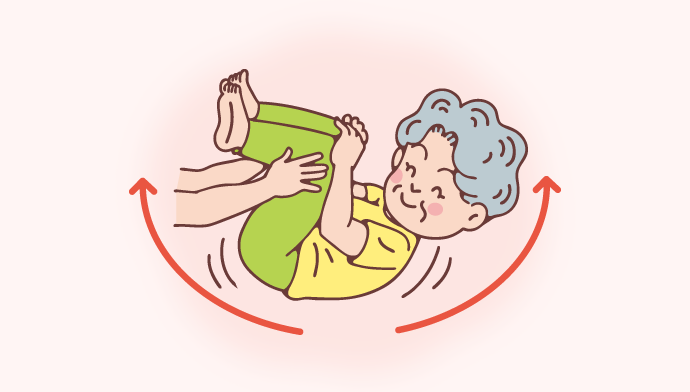
Exercise to strengthen abdomen muscles to have easy excretion.
Cooperation/supervision

Cooperating research institutions
- Koji Sato, Rehabilitation Department, Welfare Pension Yufuin Hospital
- Kazuko Sato, School of Nursing, Faculty of Medicine, Oita University
- Unicharm Corporation Excretion Care Research Center
Supervision
- Professor Hiromitsu Mimata, Department of Urology, Faculty of Medicine, Oita University
- Director Teruaki Mori, Welfare Pension Yufuin Hospital
- Manager Hitoshi Ota, Ibaraki Prefectural Health Plaza
Get advice from nursing care and recovery experts


